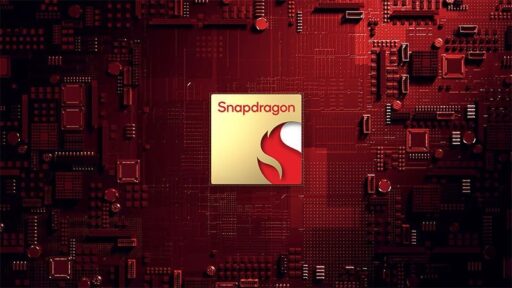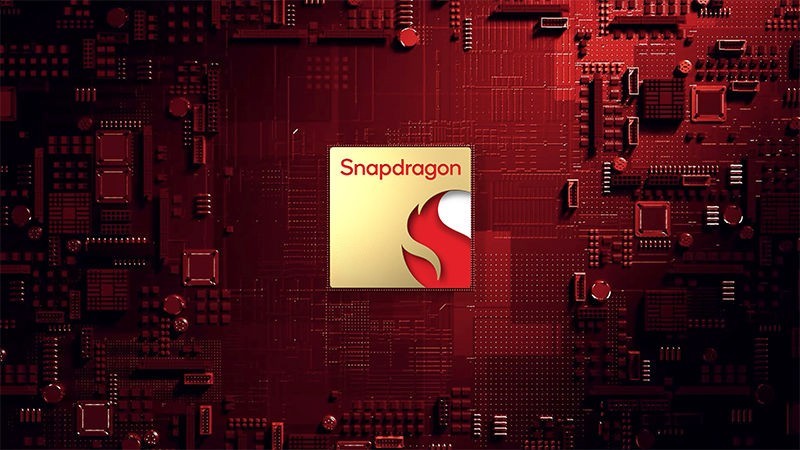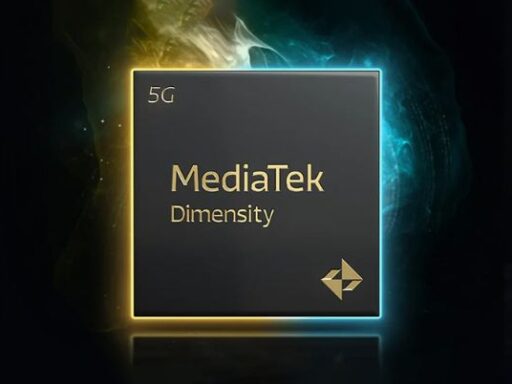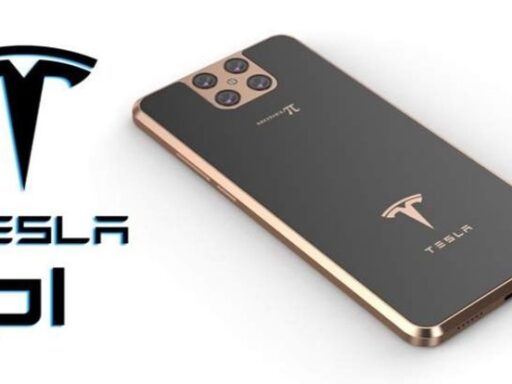The Snapdragon 8 Gen 4, Qualcomm’s next-generation chipset, is one of the most anticipated developments in mobile technology. Set to power a wave of flagship smartphones in 2025, it promises groundbreaking improvements in performance, AI capabilities, and energy efficiency.
Expected Release Date
Qualcomm typically unveils its flagship chipsets at the annual Snapdragon Summit, which usually takes place in November. The Snapdragon 8 Gen 4 is expected to follow this trend, with an announcement in November 2024 and devices powered by the chip launching in early 2025.
Key Specifications (Rumored)
| Feature | Details |
|---|---|
| Architecture | Likely based on 3nm technology |
| Cores | Custom Oryon CPU cores |
| GPU | Next-gen Adreno GPU |
| AI Engine | Enhanced AI capabilities |
| 5G Modem | Integrated Snapdragon X75 modem |
| Cooling | Improved efficiency and thermal performance |
Performance and Efficiency
The Snapdragon 8 Gen 4 is expected to represent a massive leap in performance due to its 3nm architecture, which will offer better power efficiency and allow more transistors to fit into the chipset, boosting speed and reducing power consumption. Qualcomm is also rumored to move away from ARM-designed cores in favor of its own Oryon cores, which are anticipated to bring further advancements in processing power and multitasking efficiency.
This chipset is expected to handle more complex tasks, including 4K video editing, gaming, and AI-driven applications with ease. Oryon cores are likely to focus on multi-threaded performance, making the chipset ideal for demanding workloads.
Graphics and Gaming
The next-gen Adreno GPU is rumored to bring substantial improvements in GPU performance, making it a strong competitor to Apple’s M-series chips. With gaming being a major use case, the GPU is expected to offer smooth gameplay at high refresh rates (120Hz and above), along with better support for ray tracing and VR capabilities.
AI and Machine Learning
Qualcomm is well known for its AI engines, and the Snapdragon 8 Gen 4 is expected to take this to new heights. The AI capabilities will likely focus on on-device learning, voice processing, and improved camera performance. AI-driven features like real-time photo enhancement and context-aware voice assistance should see noticeable improvements, especially in devices designed for AI-heavy tasks.
Early Reviews and Reactions
Performance
Early leaks suggest the Snapdragon 8 Gen 4 will provide substantial performance upgrades, particularly in gaming and multitasking, due to its shift to Oryon cores and 3nm architecture. These enhancements are expected to result in significant speed improvements, outperforming the current Snapdragon 8 Gen 3 in benchmark tests.
AI and Machine Learning
Early feedback from insiders suggests that the AI Engine will greatly enhance on-device tasks, from faster image processing to improved voice recognition. This could make the chip highly attractive for AI-powered apps, enhancing performance across various smartphone functionalities like photography and voice assistants.
Cooling and Power Efficiency
One of the major areas of improvement is expected to be in thermal management and power efficiency. The 3nm process should lead to less heat generation, which will allow smartphones to maintain high performance over longer periods without throttling due to overheating.
Final Thoughts
The Snapdragon 8 Gen 4 is shaping up to be a game-changer in the mobile chipset industry. With its Oryon cores, advanced AI capabilities, and 3nm architecture, it is expected to deliver unmatched performance, especially in gaming, multitasking, and AI-driven tasks. Its expected release in November 2024 will mark a significant leap forward in mobile technology, and early impressions indicate that it will continue Qualcomm’s dominance in the high-end smartphone market well into 2025.
Stay tuned for more updates as we get closer to the official announcement!





